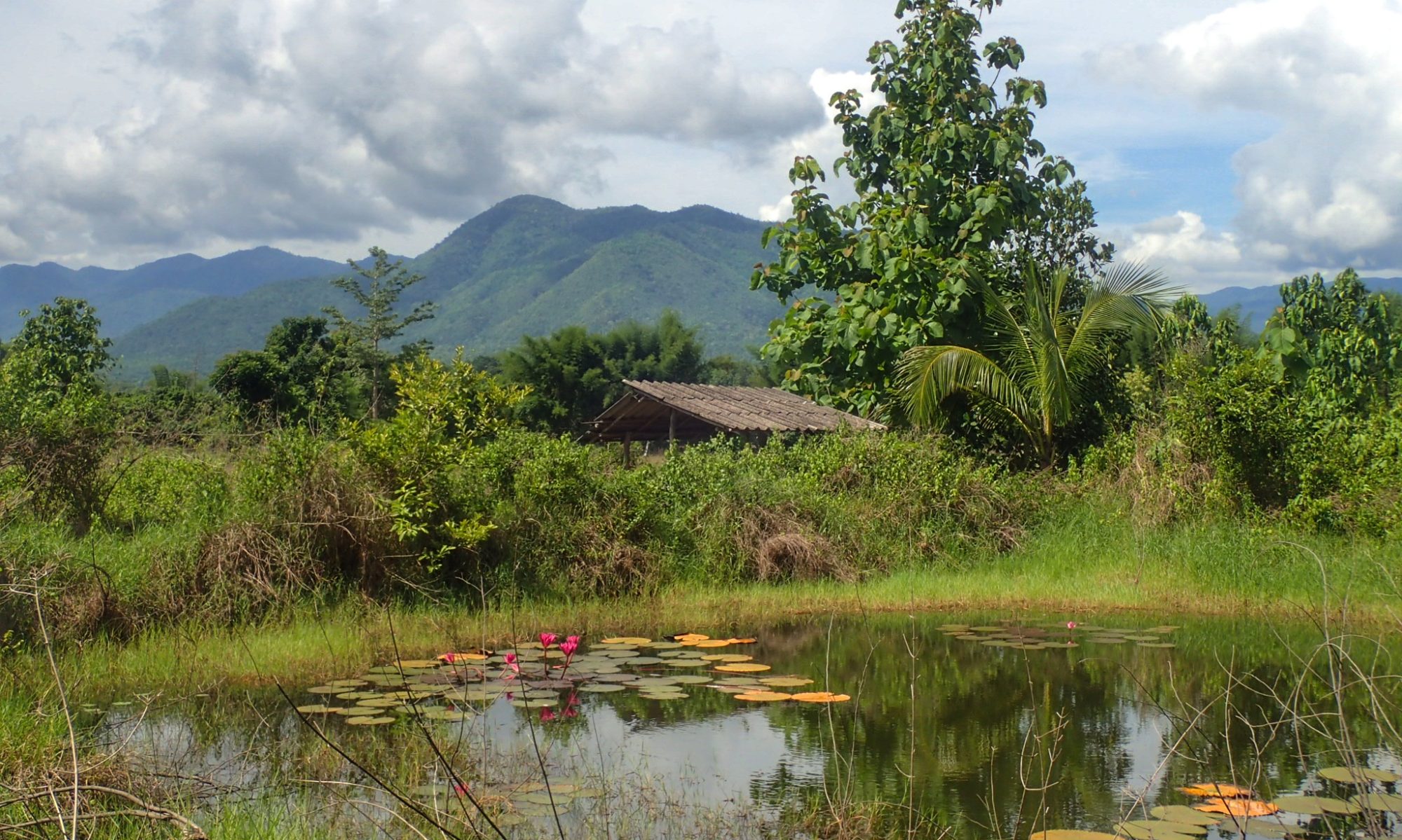I’ve completed the route planning for the next section of our trip from Barcelona, Spain to Marmaris, Turkey! I’ve spent days poring over maps, tourist guides, cycling blogs, Strava heatmaps, and recommendations from friends.
Some people don’t like to plan their cycle tour in a lot of detail, preferring to wing it as they go. For me, the planning is a huge amount of fun, and it allows us to learn about the cultures and history of the areas we will be riding through. More practically, because we have Visa deadlines to contend with (including EU’s complicated Schengen visa with its rolling 90-day time limit), we have to have some structure. And of course, we are still allowing plenty of time for unplanned deviations and excursions.
France
After leaving Barcelona around early April 2017, we quickly enter into southern France and ride through the Provence region, passing through Avignon, where we’ll see the Pont du Gard Roman Aqueduct and the “Triumphal Arch” of Orange, amongst many other things. I rode through Provence in 2003, and I remember the food being divine, and the people welcoming.
If we have time, we’ll take the TGV (high speed train) from Marseilles to Paris and experience Paris en printemps. We then head east through beautiful Mediterranean coastal towns including Cannes, Antibes, Nice, and the small country of Monaco, before entering Italy.
Italy
So much to see in Italy! We will ride along the rugged coast through Cinque Terre towards Pisa, then divert inland, passing through San Giamignano and Siena, before taking some rest days in Florence. We then ride over the Tuscan hills towards Venice, where you’ll undoubtedly see some gondola selfies posted. East of Italy, we pass through Slovenia for a hot second, before entering Croatia.
Croatia
Finally outside of the Schengen visa zone, we can relax a bit and go at a more leisurely pace. It should be near May now, and we’ll have until September until our Schengen visa renews and we start getting more time in Europe. Luckily, Croatia, Montenegro, and Albania have a lot to experience, and it looks like we’ll be here in shoulder season before the hordes of tourists arrive in July.
Our first village of Grožnjan is a hilltop artist colony. This area of Croatia on the Istrian peninsula is famous for its olive oil, truffles, and is a foodie utopia. We’ll post lots of Bike Stomach photos.
We then continue around the peninsula, exploring caves, and visiting quiet coastal villages, before taking a ferry to the island of Cres, one of the many islands in the Croatian archipelago. After a night of camping on the island, we ferry to Krk, and ride inland to see the waterfall lakes in Plitvice Lakes national park. We may also take a few days to continue on inland towards Zagreb, the capital city.
Further south, we stop in Zadar to listen to the Sea Organ, an organ played by the ocean waves! In Split, we will island hop to see ancient towns and beautiful beaches, ending with Korčula with its walled city. We ride the length of Korčula and then ferry back to the mainland on the Pelješac peninsula. Taking a quick detour, we pass into Bosnia for a few kilometers. We end our Croatian tour in Dubrovnik.
Montenegro
Not known as a cycling destination, the country nevertheless looks beautiful. From Budva, we will climb to the top of Lovcen National Park, where you can see 80% of the country on a clear day and explore the historic mausoleum. We will also visit the Monastery Ostrog, built right into the side of a cliff, and pass through the capital of Podgorica before heading south along the coast to Albania.
Albania
Albania is an up-and-coming cyclist destination with several adventure tour companies starting up tours in the country, as well as a push from the Albanian tourism board to promote outdoor activities. There are even a few cycling-friendly hostels.
We plan to explore Tirana, visit the Berat fortress, spend some time in Sarande, and check out the Roman city of Butrint before crossing the border into Greece.
Greece
It should be around June now, and our first stop in Greece will be to visit the Greek island of Corfu, where we hope to camp for a night before continuing on towards Patras. Along the way, we’ll stop to wade through springs, see waterfalls, and ferry to the Ionian island of Cephalonia to visit the Fanari lighthouse. We then ferry to Patras.
From Patras, we stop at a few ancient Roman sites including Olympia, Temple of Apollo Epicurius, Mycenae, Tiryns, and Epidaurus. Finally, we arrive in Athens.
Once in Athens, we will explore the Roman architecture and historical sites, and then begin island hopping. Depending on ferry schedules, we hope to visit Mykonos, Paros, Santorini, and Rhodes.
Rhodes is just off the coast of Turkey, so once we get our Turkish visa, we’ll hop on a ferry to Marmaris. I’ll start working on planning this part next, but our rough plan is to hang out in Turkey, Bulgaria, Romania, and maybe Ukraine until our Schengen visa renews, at which point, we head back west into Europe towards Berlin. More to come!









